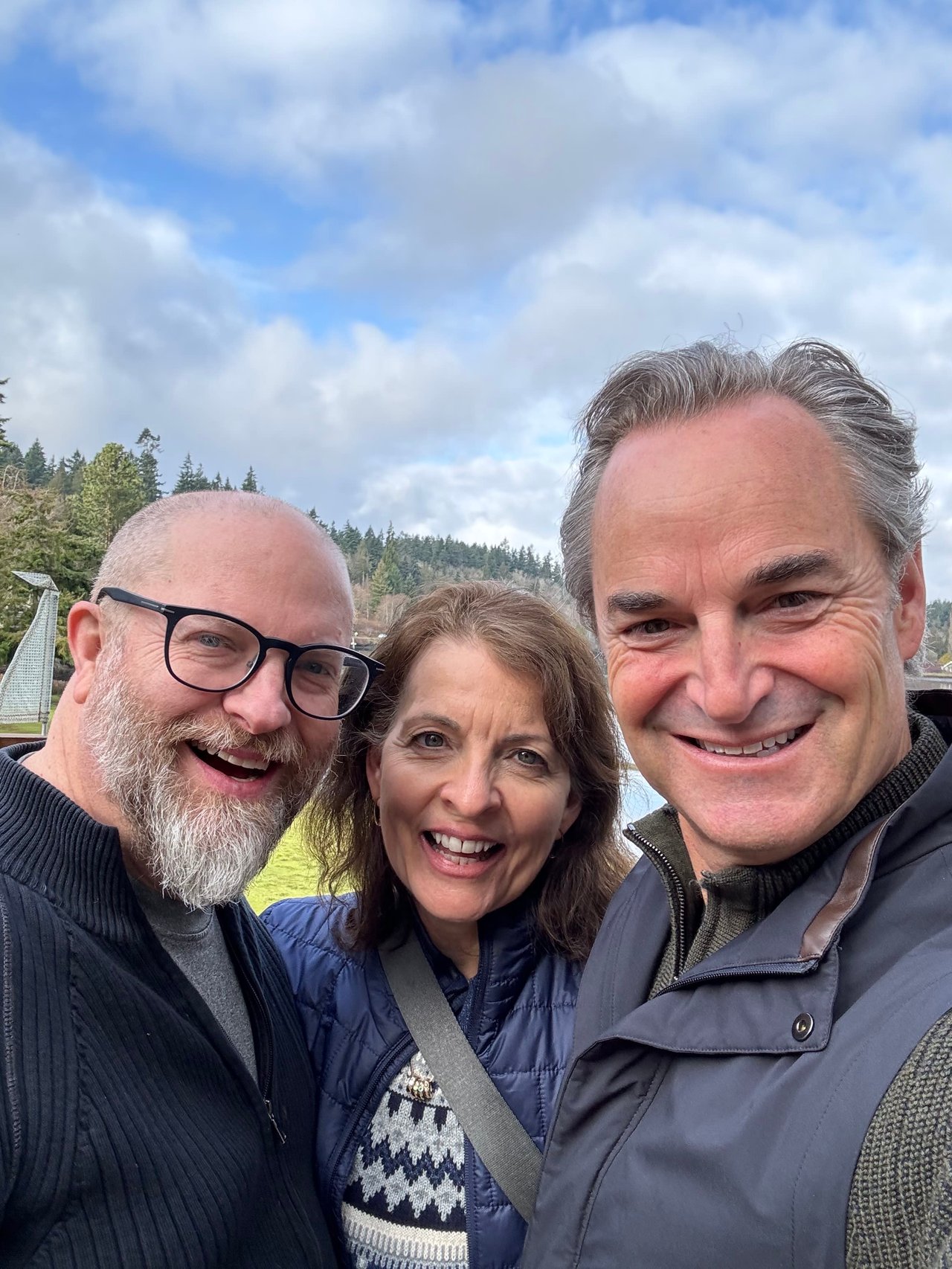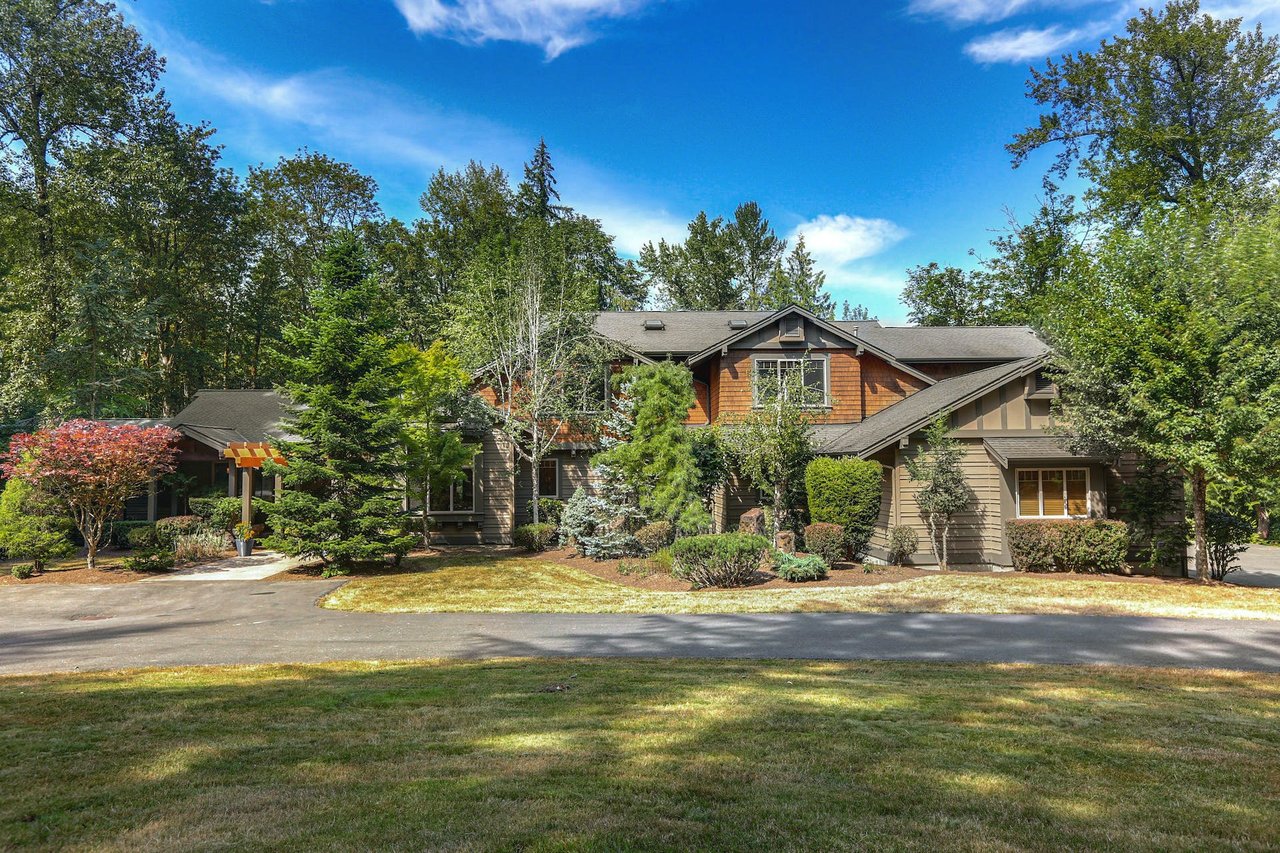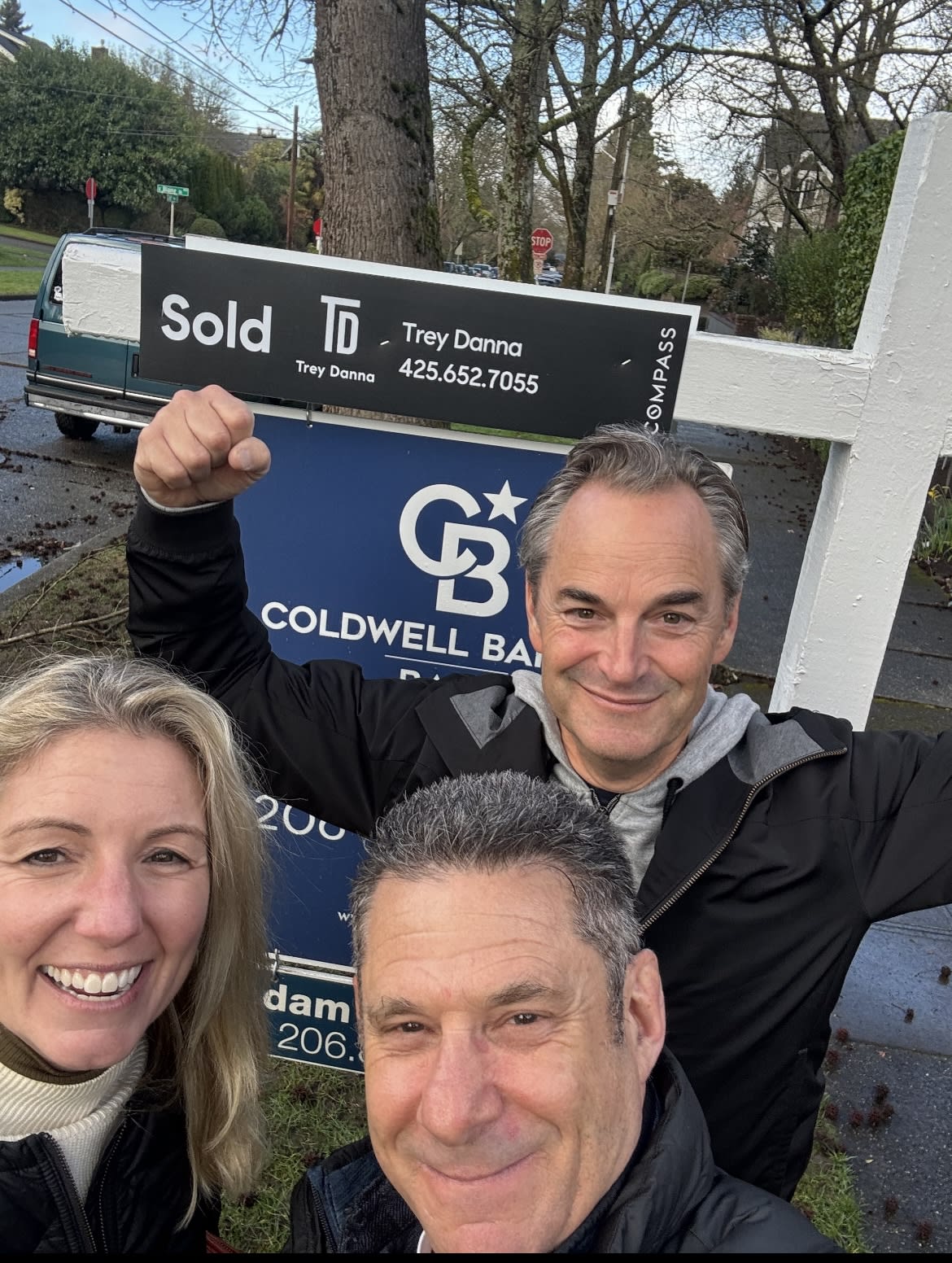Blog

Annual Home Maintenance Checklist to Keep Your Property Value Up
Real Estate Education & Tips
Annual Home Maintenance Checklist to Keep Your Property Value Up
Essential maintenance tasks that help preserve and enhance your home's value.
Read Post
Luxury Home Design Trends for 2025
Design, Renovation & Remodeling
Luxury Home Design Trends for 2025
Discover the top design trends shaping the luxury home market in 2025.
Read Post
The Science of Color: How to Choose Paint Tones for Every Room
Design, Renovation & Remodeling
The Science of Color: How to Choose Paint Tones for Every Room
Discover how color science transforms the atmosphere and functionality.
Read Post
6 Things To Do When Moving To A New State
relocation
6 Things To Do When Moving To A New State
Ensuring a smooth transition requires careful planning and organization to help.
Read Post
The Differences Between Buying a Second Home vs Investment Property
Real Estate Education & Tips
The Differences Between Buying a Second Home vs Investment Property
Understanding the distinctions between a second home and an investment property.
Read Post
Buying a Home in Normandy Park, WA
Normandy Park, WA
Buying a Home in Normandy Park, WA
Known for its stunning waterfront views, quiet neighborhoods, and welcoming community.
Read Post
The Ultimate Guide to Home Inspection Before Buying
Buying
The Ultimate Guide to Home Inspection Before Buying
Learn how to navigate the home inspection process to make an informed purchase.
Read Post
Should You Buy a High Rise Condo
Buying
Should You Buy a High Rise Condo
Explore the benefits and considerations of purchasing a high-rise condo.
Read Post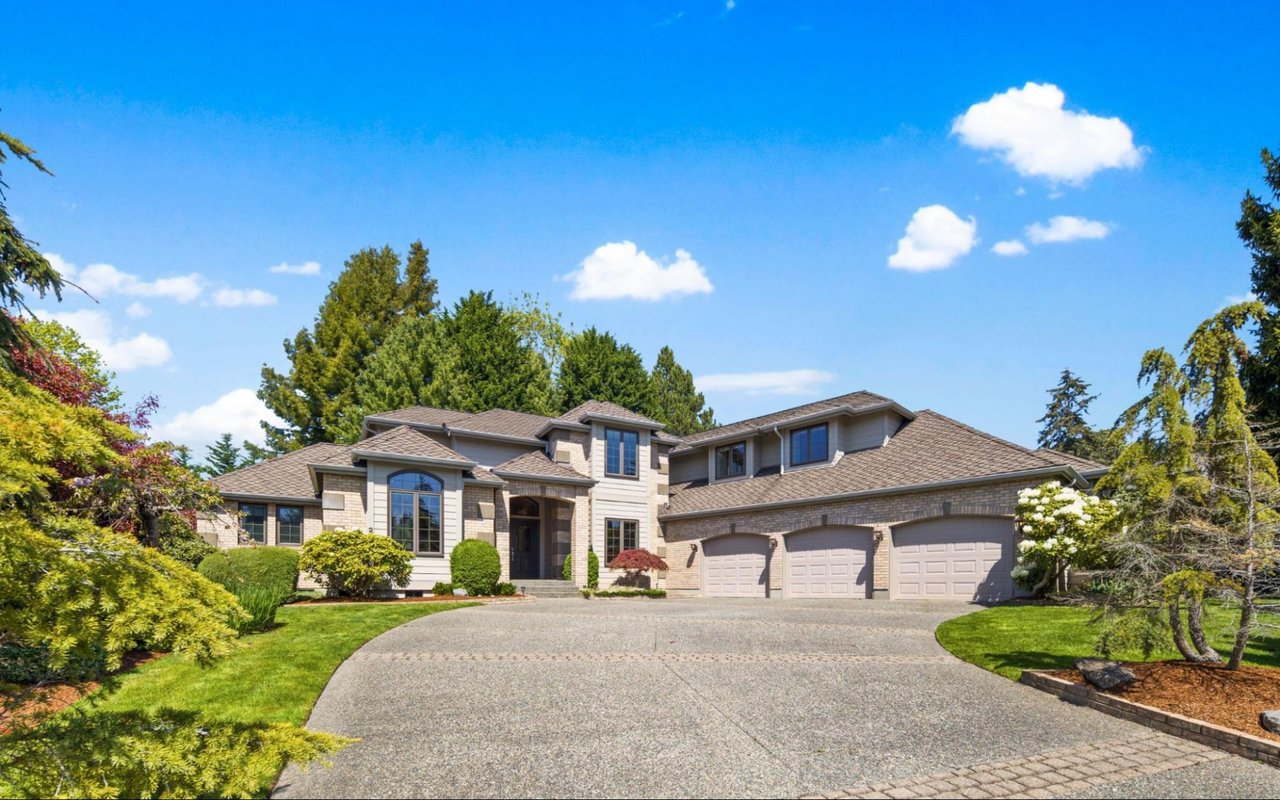
Key Features to Look for When Hunting for a Family Home
Buying
Key Features to Look for When Hunting for a Family Home
Discover essential features to prioritize when searching for the perfect family home.
Read Post
7 Top Factors That Influence Home Resell Value
selliing
7 Top Factors That Influence Home Resell Value
Understanding the key factors that impact a home's resale value can help homeowners maximize their investment when selling.
Read Post
How to Set the Right Price for Your Home in Today's Market
Real Estate Education & Tips
How to Set the Right Price for Your Home in Today's Market
Pricing a home correctly is essential to attracting buyers and securing a successful sale.
Read Post
What to Expect from Seattle Real Estate in 2021
What to Expect from Seattle Real Estate in 2021
Due to the COVID-19 pandemic, 2020 was full of challenges across many sectors.
Read Post
5 Ways to Market Your Property Online
5 Ways to Market Your Property Online
With numerous options for consumers, gone are the days of relying solely on a realtor.
Read Post
From Puget Sound to Lake Union: 10 Seattle Water Spots to Love
From Puget Sound to Lake Union: 10 Seattle Water Spots to Love
With fall finally here, now is the perfect time to get outside and enjoy the crisp autumn weather.
Read Post
Seattle Real Estate News
Seattle Real Estate News
Check out our newsletter for real estate news, events, decor tips, and activities for October!
Read Post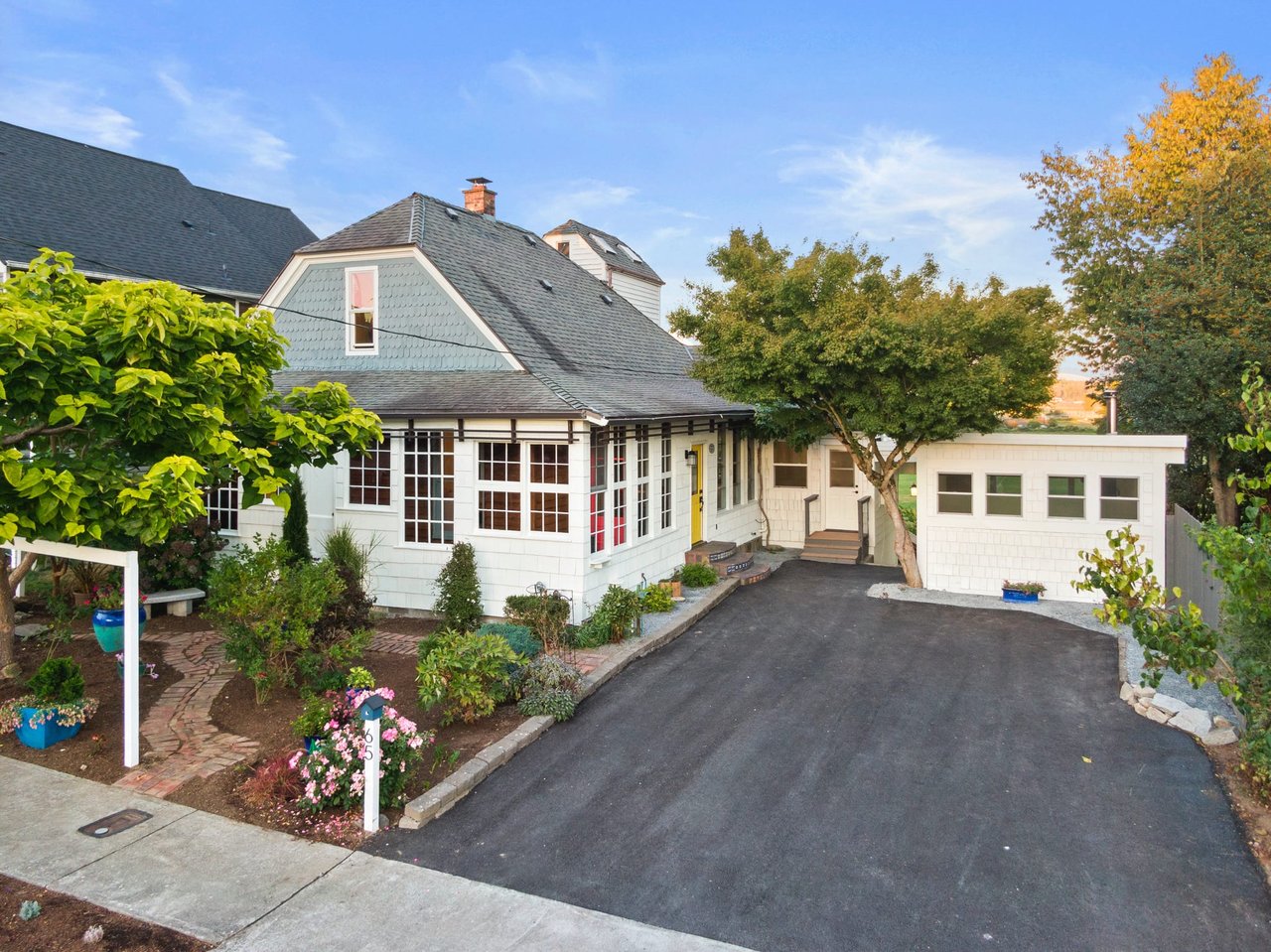
Featured Listings *SOLD*
Featured Listings *SOLD*
This is one of the reasons that I have loved selling homes in the Seattle area for 30 years.
Read Post
Top 5 Outdoor Activities in Normandy Park, Washington Area
Normandy Park
Top 5 Outdoor Activities in Normandy Park, Washington Area
Whether you’re a resident keen on exploring your own backyard or a traveler in search.
Read Post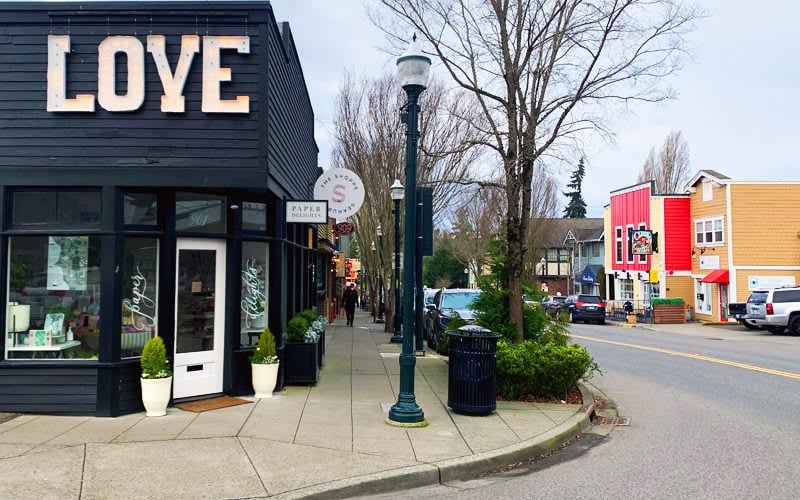
Top 5 Outdoor Activities in Burien Area
Burien, WA
Top 5 Outdoor Activities in Burien Area
Situated a stone’s throw away from the bustling heart of Seattle, Burien is a destination.
Read Post
Your Connection to the Latest PNW Real Estate Trends - Winter 2024
Your Connection to the Latest PNW Real Estate Trends - Winter 2024
Please enjoy information about real estate in the PNW area as well as other home tips.
Read Post
What to Consider Before Buying a Home in Normandy Park
Normandy Park
What to Consider Before Buying a Home in Normandy Park
Choosing a place to call home is a significant decision, and Normandy Park, with its unique charm.
Read Post
'The Riviera': A Closer Look at Normandy Park's Community
Normandy Park
'The Riviera': A Closer Look at Normandy Park's Community
This section is not just a random assortment of homes. It's a carefully curated section.
Read Post
Navigating Normandy Park: A Comprehensive Guide to Commuting and Transportation
Normandy Park
Navigating Normandy Park: A Comprehensive Guide to Commuting and Transportation
When it comes to commuting and transportation, Normandy Park offers a unique blend.
Read Post
Culinary Delights and Cultural Experiences in and Near Normandy Park
Local Knowledge & Lifestyle
Culinary Delights and Cultural Experiences in and Near Normandy Park
Nestled in the heart of Normandy Park is a community that not only boasts natural beauty.
Read Post
Top Outdoor Activities in Normandy Park
Normandy Park
Top Outdoor Activities in Normandy Park
With its abundance of parks, waterfront access, and diverse recreational facilities.
Read Post
Considering Buying Normandy Park Real Estate? Here are Five Perks to Consider
Normandy Park
Considering Buying Normandy Park Real Estate? Here are Five Perks to Consider
Are you considering making Normandy Park your home? Settled in the picturesque.
Read Post
What to Consider When Buying West Seattle Real Estate
West Seattle
What to Consider When Buying West Seattle Real Estate
Among the shores of the Puget Sound, West Seattle offers a unique blend of beachfront bliss.
Read Post
What to Know When Buying Bellevue, WA Real Estate
Bellevue, WA Real Estate
What to Know When Buying Bellevue, WA Real Estate
A dynamic area in the Pacific Northwest, Bellevue is known for its urban sophistication.
Read Post
3 Must-Ask Questions Buyers Should Ask When Investing in Luxury Real Estate
Flipping & Investing
3 Must-Ask Questions Buyers Should Ask When Investing in Luxury Real Estate
The luxury sector of real estate stands out for its opulence, exclusivity, and sophistication.
Read Post
Discovering Seattle: Top 10 Must-Visit Attractions in the Emerald City
Seattle
Discovering Seattle: Top 10 Must-Visit Attractions in the Emerald City
Seattle, Washington, is a city known for its stunning natural beauty, thriving arts scene.
Read Post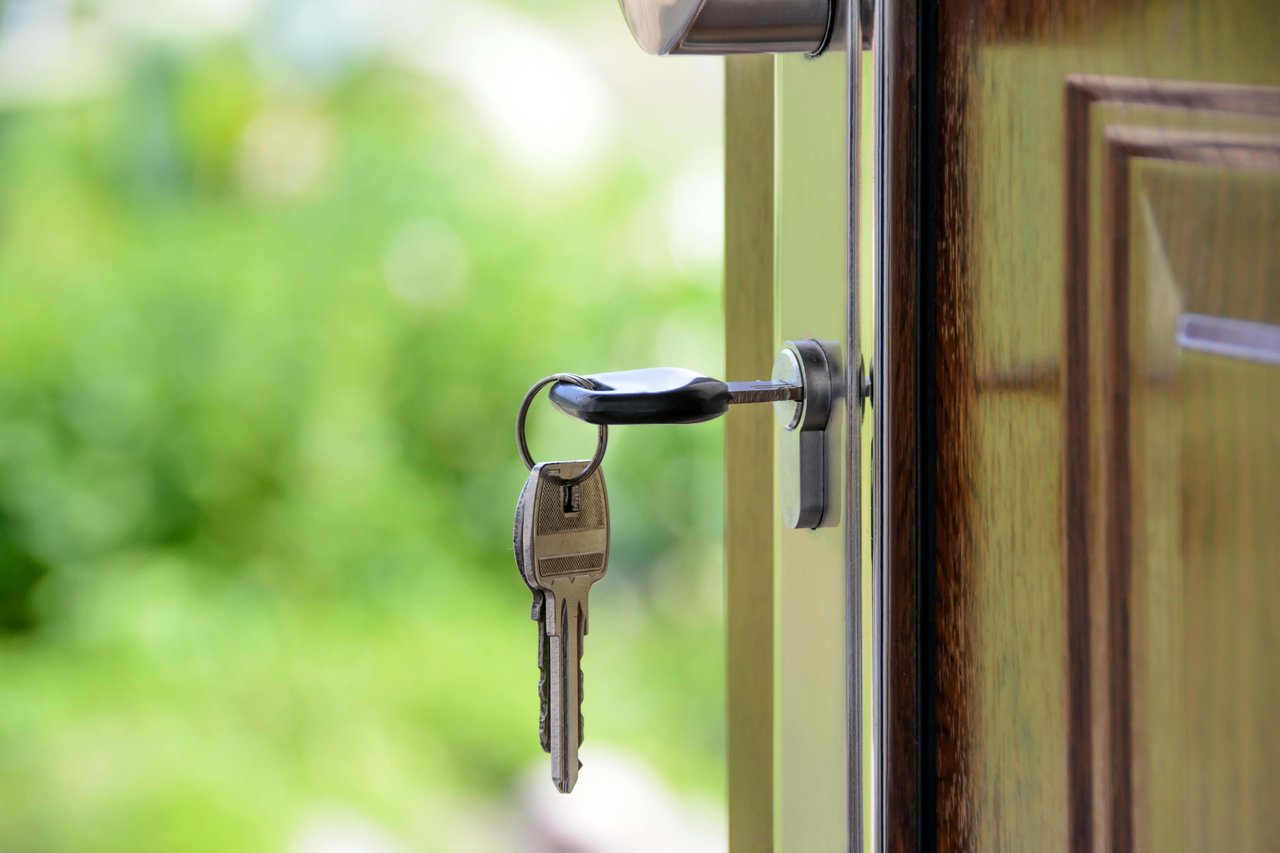
8 Essential Questions to Ask Your Luxury Real Estate Agent
Real Estate Education & Tips
8 Essential Questions to Ask Your Luxury Real Estate Agent
Navigating the luxury real estate market requires careful consideration and expert guidance.
Read Post
Let’s Help Clients Make Their Dreams Come True
Let’s Help Clients Make Their Dreams Come True
Numerous conversations between clients and myself this year have been.
Read Post
May 2024 National Real Estate Insight
May 2024 National Real Estate Insight
Seize New Opportunities and Navigate Your Move with the Latest Trends.
Read Post
Things to Know About Living in Normandy Park, WA
Normandy Park, WA
Things to Know About Living in Normandy Park, WA
Nestled along the tranquil shores of Puget Sound, Normandy Park is a picturesque.
Read Post
Things to Do in Normandy Park, WA
Local Knowledge & Lifestyle
Things to Do in Normandy Park, WA
From lush parks and scenic trails to vibrant community events and unique local attractions.
Read Post
From Polo Fields to Island Escapes, Don't Miss This Month's Top Luxury Listings
From Polo Fields to Island Escapes, Don't Miss This Month's Top Luxury Listings
Luxury Report July 2024 | Photo Courtesy of Tricia Dessel.
Read Post
Weekend Trips from Normandy Park, WA
Normandy Park, WA
Weekend Trips from Normandy Park, WA
Discover the perfect getaways from this charming coastal town near Seattle.
Read Post
Compass Curated | National Luxury August ‘24
Compass Curated | National Luxury August ‘24
Unveil Your Perfect Summer Sanctuary | Savor August's Splendor.
Read Post
Best ROI Home Improvements For Your Home
Design, Renovation & Remodeling
Best ROI Home Improvements For Your Home
Enhance your home’s value with strategic upgrades that offer the highest.
Read Post
The Role Of Landscaping In Boosting Your Home's Aesthetic Appeal
Design, Renovation & Remodeling
The Role Of Landscaping In Boosting Your Home's Aesthetic Appeal
Transforming your front yard into a captivating landscape enhances curb.
Read Post
Seasonal Fall Events Near Normandy Park
Seasonal Fall Events Near Normandy Park
From art festivals to family-friendly frolics, there are plenty of events to explore.
Read Post
Normandy Park Events
Normandy Park Events
Nature lover, a community enthusiast, or someone who enjoys the holiday spirit.
Read Post
Burien Events
Burien Events
Change and the air turns crisp, Burien is gearing up for a series of exciting events.
Read Post
Escape the Frost for the Fairways
Buying
Escape the Frost for the Fairways
Luxury Golf Course Properties You'll Want to Call Home for the Holidays.
Read Post
10 Best Restaurants in Normandy Park and Burien, WA
Normandy Park
10 Best Restaurants in Normandy Park and Burien, WA
Discover the Culinary Delights that Await You in these Charming Communities.
Read Post
How To Boost Your Home's Curb Appeal In One Weekend
Design, Renovation & Remodeling
How To Boost Your Home's Curb Appeal In One Weekend
Upgrade your home’s exterior with simple, impactful changes in just a weekend.
Read Post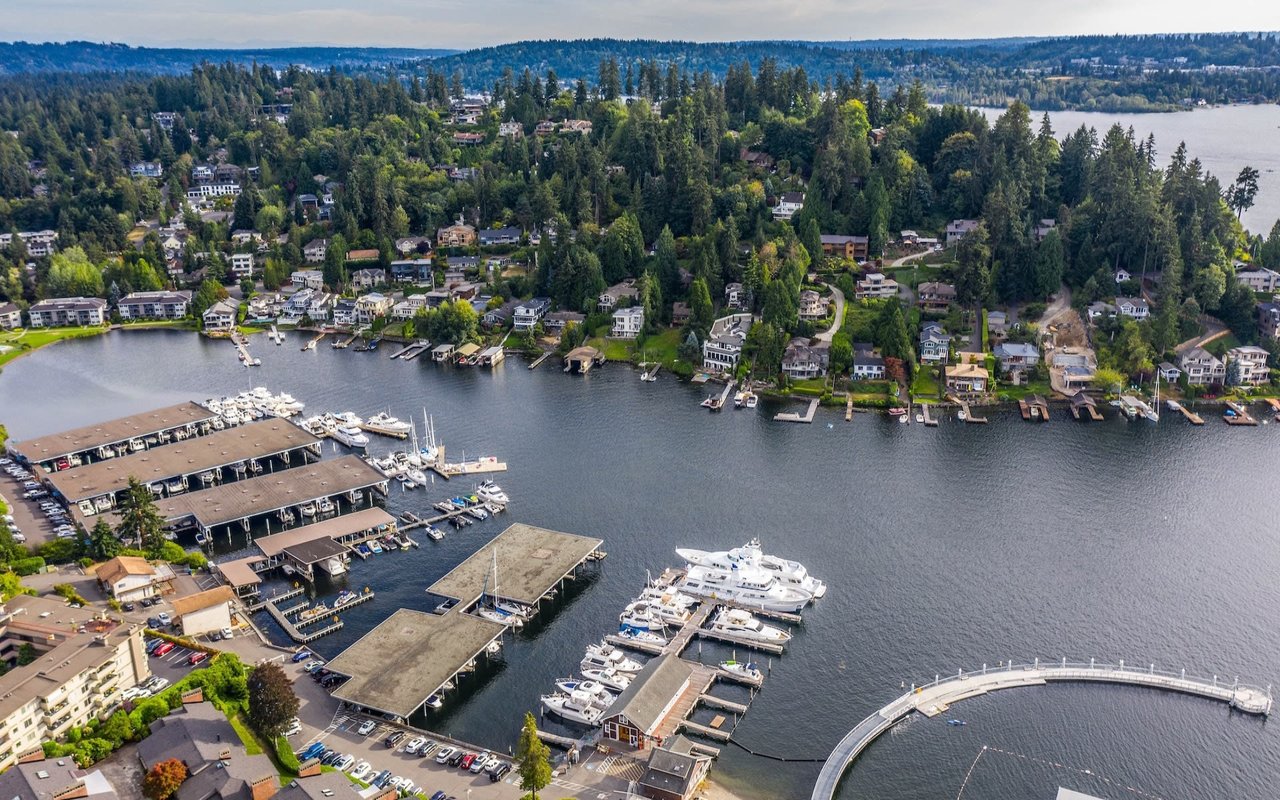
Greater Seattle – Q3 2020 Market Report
Greater Seattle – Q3 2020 Market Report
The market trends show that Washington State has persevered through the unexpected.
Read Post








